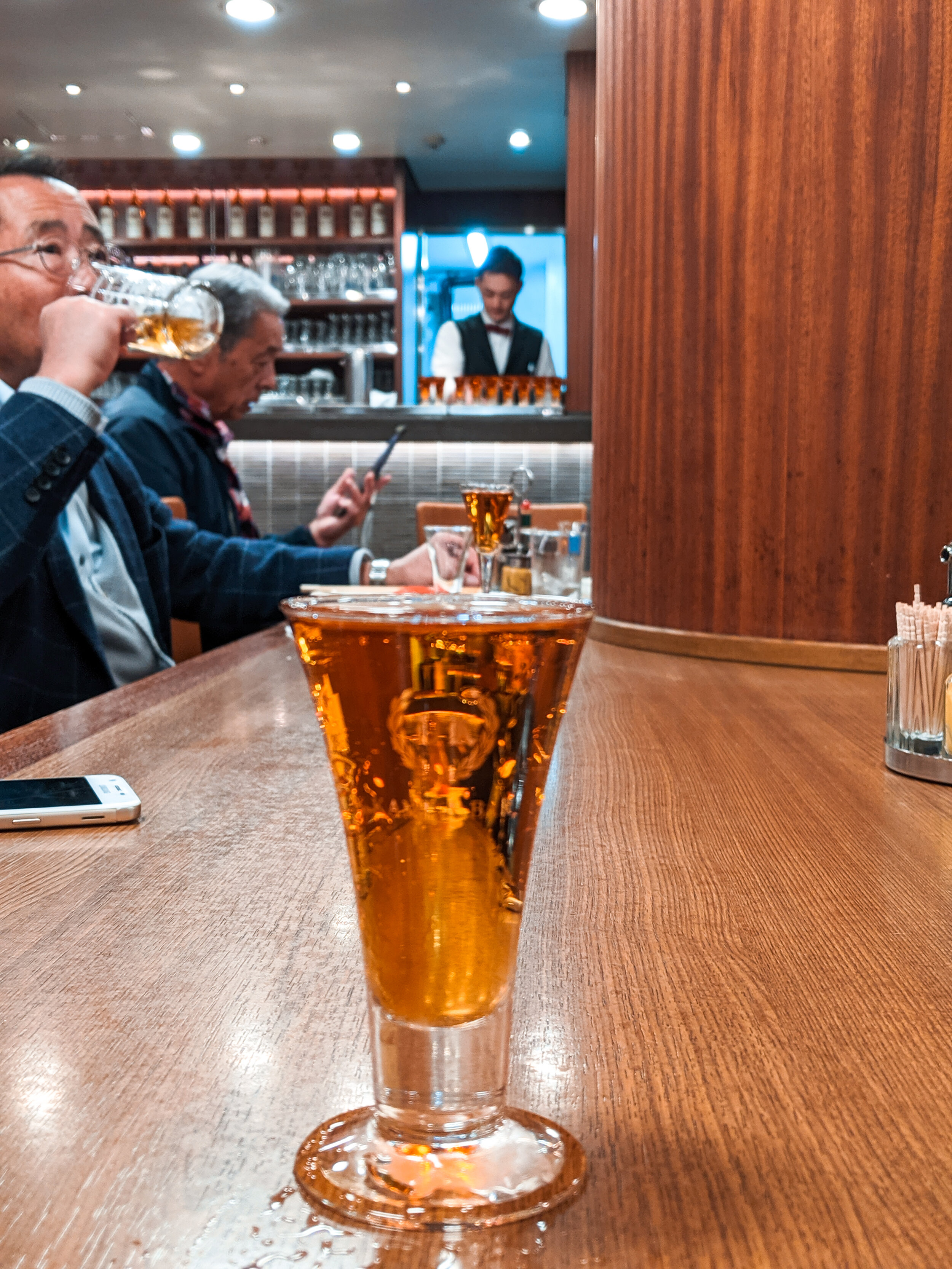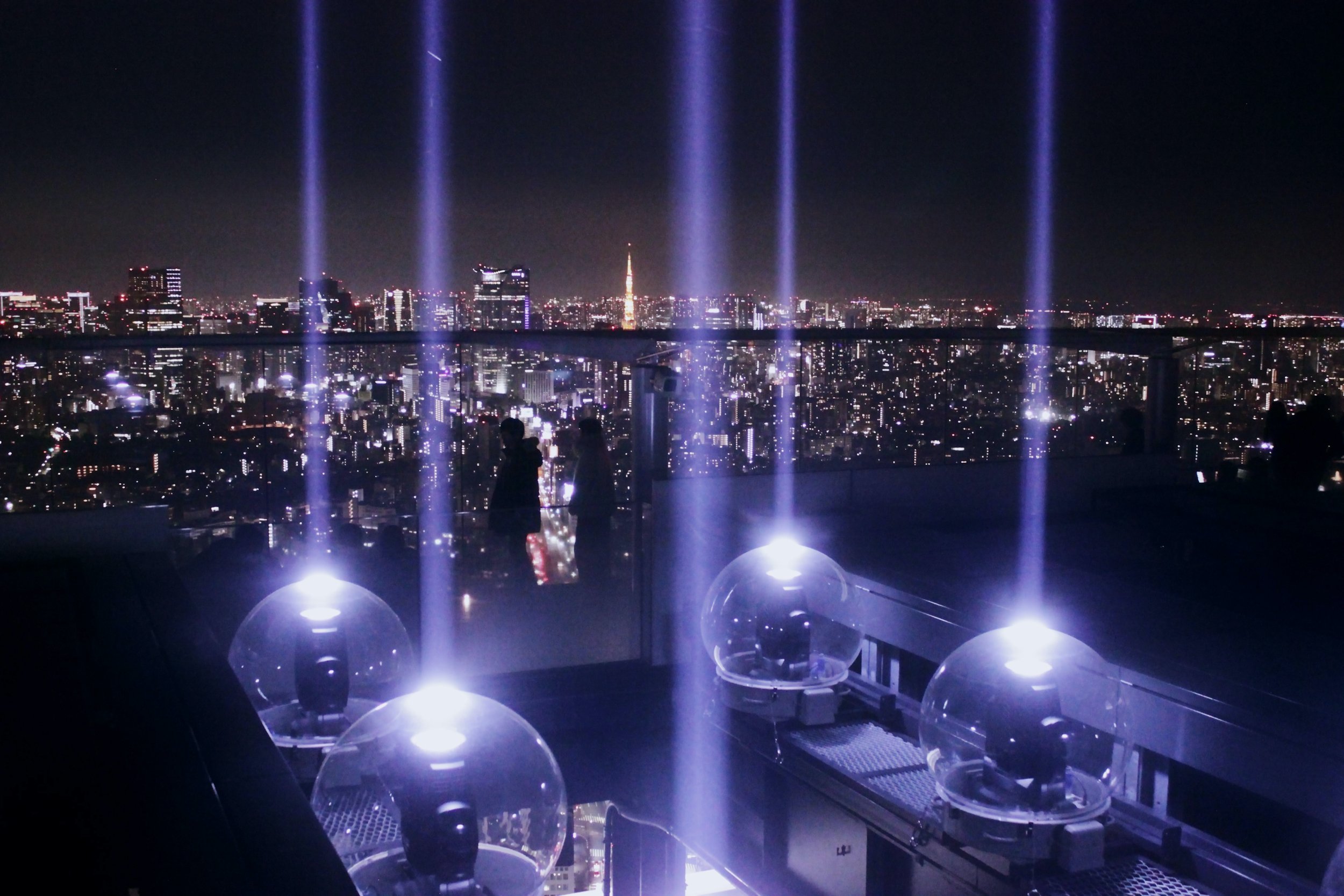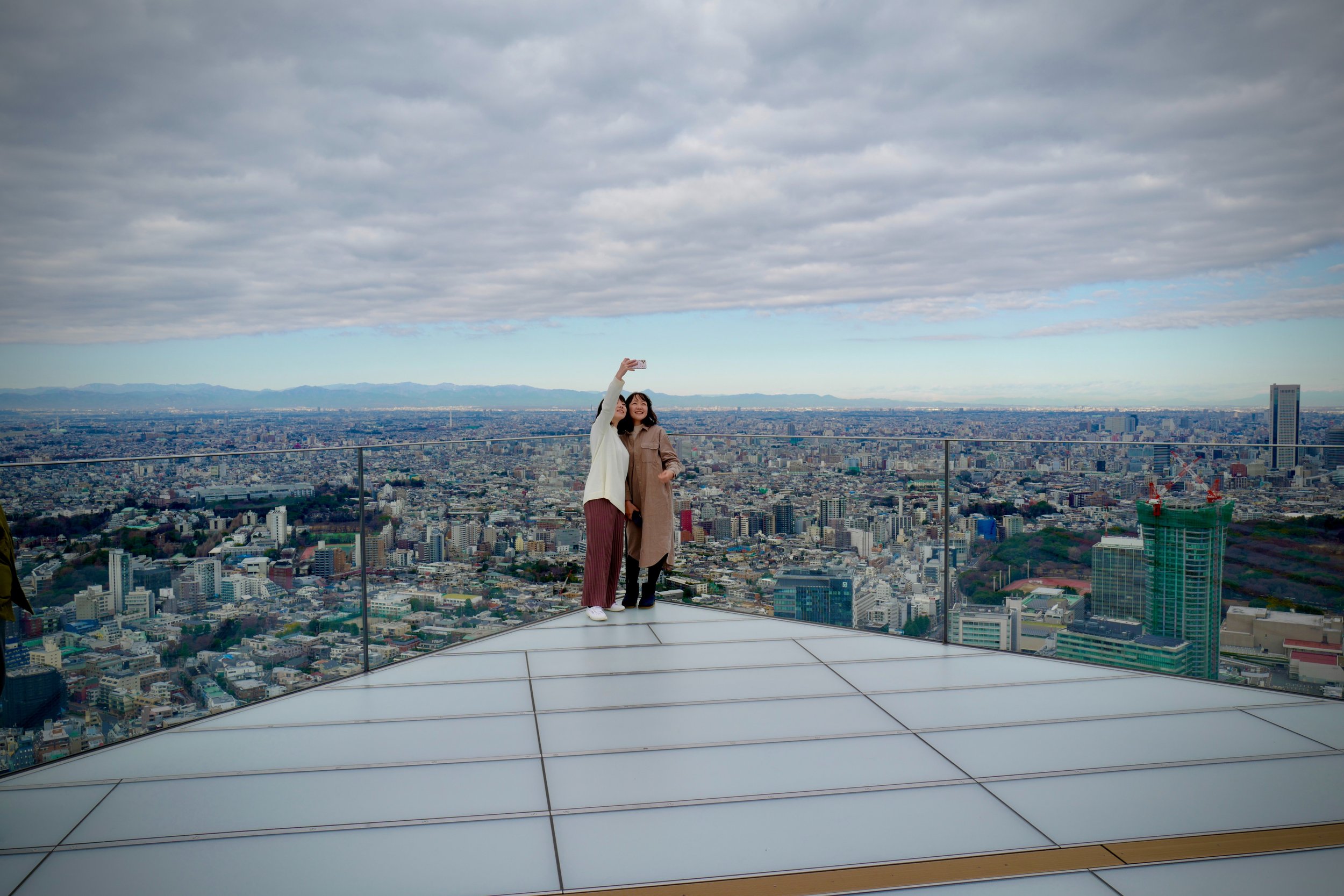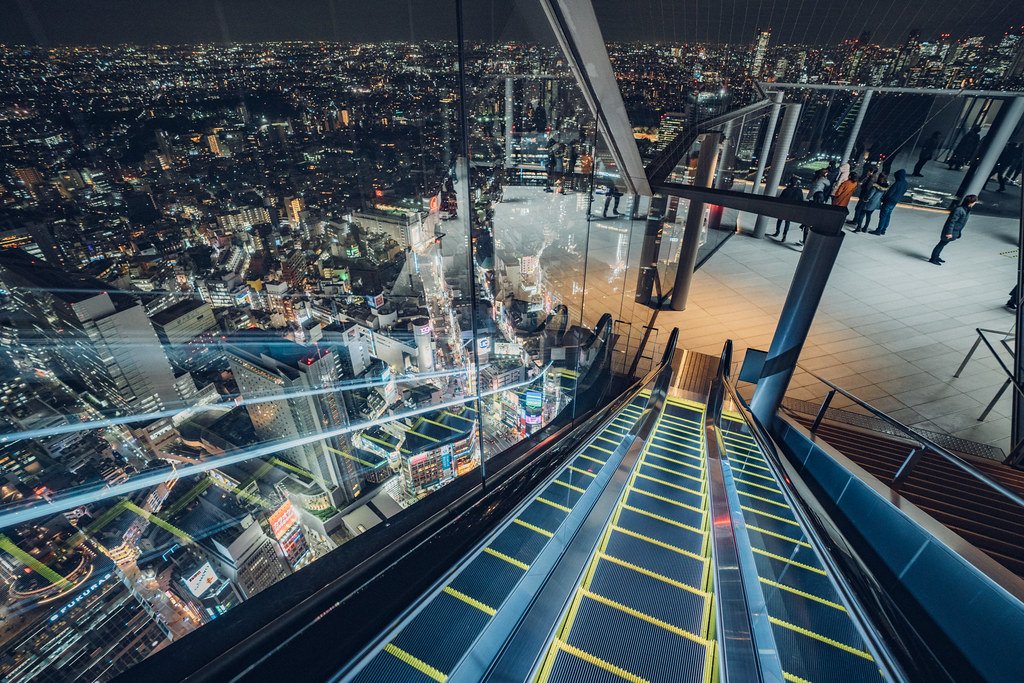While Japan is known for it’s world class railway system and bullet trains, driving in Japan is an underrated way to see the hidden parts of Japan reachable by car. You can rent cars or even rent out a camper van with us to take on a couple day journey out of the city.. Here are some tips and info on how to drive in Japan legally so you can go out on your own amazing trip.
Driving rules in Japan
Most of the driving rules in Japan are similar to Western countries. For Americans, or any other countries who drive on the left - Japan drives on the right like most European countries. The Japan Automobile federation (JAF) does a good job at explaining the rules in depth here.
Drivers License
If you want to be driving in Japan, you need to have an International Drivers Permit (IDP) BEFORE you come to Japan. You cannot obtain one in Japan so it’s good to plan ahead. To get your permit, it usually does not require a test and you can obtain it for pretty cheap. When you go to car rentals in Japan, you will usually need to present your IDP, your home drivers license and possibly a passport. Based o the country you are from, there may be different rules. Please refer to the JAF website on IDPs here.
What can you do with a car in Japan?
If you have a jam packed schedule and only plan on visiting the main cities, it’s probably better to stick with their world class railways system. You can go anywhere in the city with a train, bus or taxi. In fact, having a car is probably a bigger hassle and a lot more expensive to use in the city. There are no places to park, parking is very expensive and there is traffic everywhere. However, if you have a more relaxed schedule and plan on venturing out of the city, you can hit up day trips from Tokyo at places such as Chiba, Shimoda, Izu, Hakone and Yamanashi. The countryside has unreal scenery. On long road trips, you can stop by rest stops in Japan. The rest stops are also worth a look. Each rest stop will have a small like convenience store, a food court (which some are known to have excellent food), bathrooms, sometimes hot springs/showers and even small activities/events. It’s easy to drive by them but make sure to stop by! You can also look into our Dream Drive tabs where you can book a camper van. We even have some itineraries that you can follow.
#drivinginjapan #carrentaljapan #driveinjapan





















